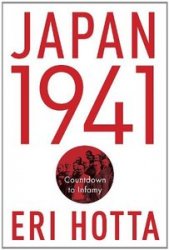Distances traveled, usually measured as the crow flies, and the plotting on maps of raw material transfers are by themselves highly informative elements, notably in terms of the varying magnitude of these transfers through time. They also help to appreciate the geographic limits of exploited or known territories, and reveal the recurrent character of certain transfers, indicative therefore of favored itineraries. These aspects can be directly appreciated from maps and the frequency distributions of transfers in relation to distances. However, behavioral perspectives cannot meaningfully be developed without reference to technology (see Lithics: Manufacture), an approach closely linked since the 1980s to lithic provenance studies. Based on the notion of chaine operatoire (reduction sequence), the technological analysis of a lithic assemblage, broken down into different categories of raw material, enables one to recognize the stage of manufacture in which each sourced and quantified raw material is introduced onto a site (nodules or roughed-out blocks, preformed cores, blanks or tools). Thus, raw materials can be characterized not only by distances and quantities, but also by technological stages of introduction. The relation between these three parameters - distance, quantity, and character of transported technology - defines a technoeconomic transport pattern characteristic of a period and/or of a region.
Because raw material procurement should be considered as an integral part of a large set of subsistence strategies, aimed at meeting both economic and social requirements, distributions in combination with transport patterns need to be interpreted in terms of prehistoric mobility (i. e., ‘land-use’) and in terms of long-distance social interaction.




 World History
World History









